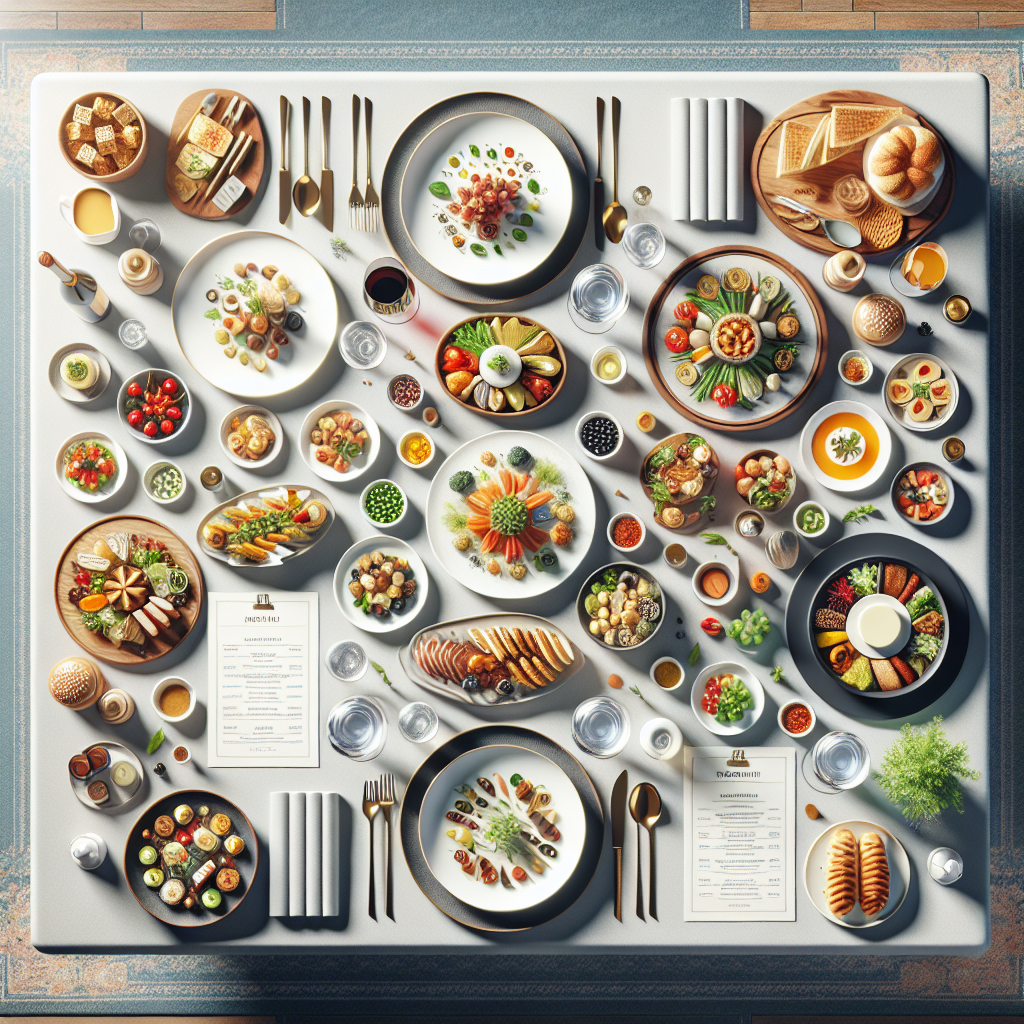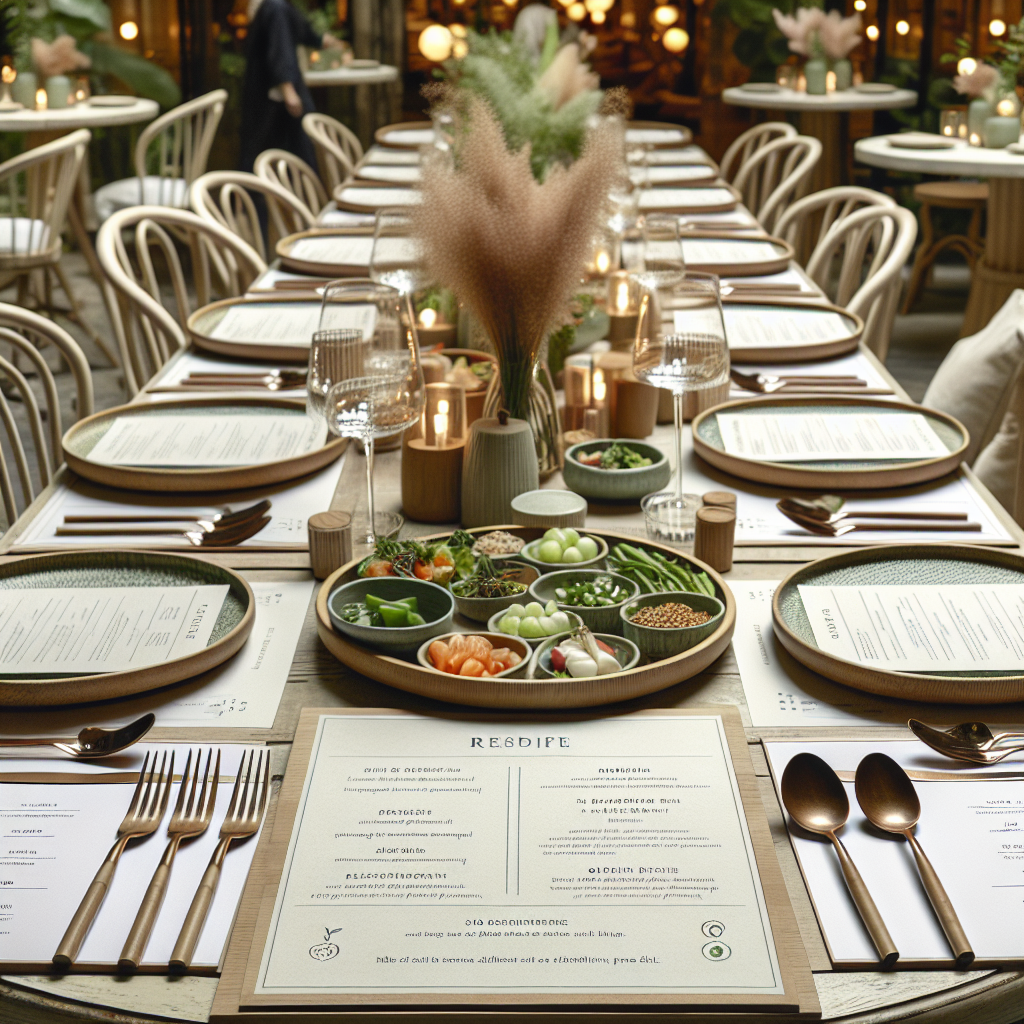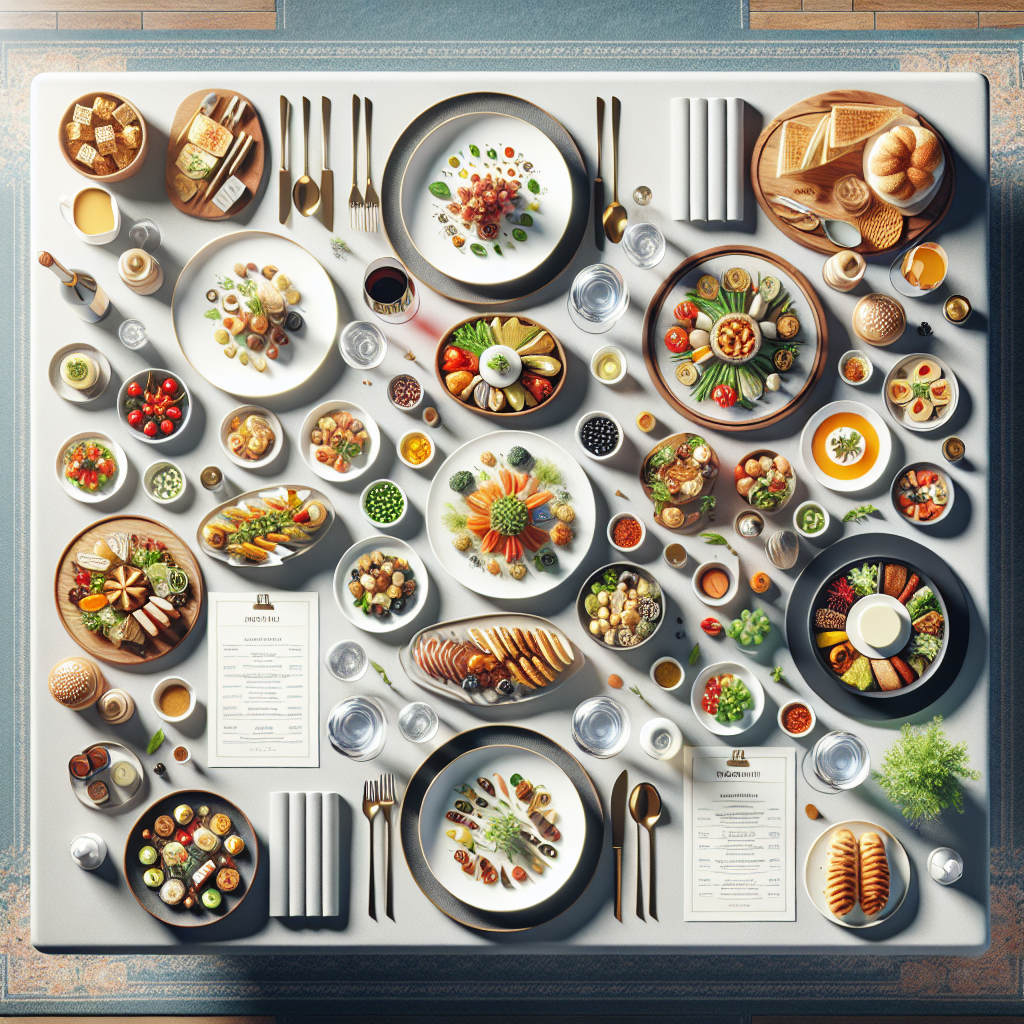Navigating your food choices when dining out becomes a bit of a challenge once you’ve decided to stick to a lectin-free diet. Suddenly, you’re asked to become a mindful eater, scrutinizing menus and communicating dietary needs to restaurant staff. Your enthusiasm for eating out might dwindle, but fear not, this article is here to guide you! “Exploring Dining Options: Eating Out at Restaurants on a Lectin-Free Diet” is your helpful guide to making social dining enjoyable again, arming you with tips and tricks for maintaining your diet while not missing out on the joy of eating out. Facing the question “Can I eat out at restaurants while following a lectin-free diet?” This article will assure you, it’s a resounding yes.
Exploring Dining Options: Eating Out at Restaurants on a Lectin-Free Diet
Eating out can be a joyous experience—a break from cooking, taste-testing different cuisines, or simply enjoying a meal with friends and family. But when you’re on a specific diet, like a lectin-free diet, it can feel a bit intimidating. However, don’t let dietary restrictions stop you from enjoying a night out at a restaurant. With the right steps and knowledge, you can easily navigate through your dining options. This article will guide you on how to eat out at restaurants while sticking to a lectin-free diet.

Understanding a Lectin-Free Diet
Before we delve into restaurant tips, let’s briefly define what a lectin-free diet entails. Lectins are a type of protein found in many plant and animal foods, including whole grains, tomatoes, potatoes, legumes, and more. Some people choose to eliminate lectins from their diet for various reasons—some for health concerns, while others seek potential weight loss benefits. If you’re one of them, you’re engaging in a lectin-free lifestyle, a way of eating that avoids foods high in this particular protein.
Challenges of Dining Out on a Lectin-Free Diet
The road to comfortable dining out on a lectin-free diet has some bumps. Unlike other dietary restrictions like gluten-free or lactose-free, many people and, most importantly, many restaurants are still unfamiliar with a lectin-free diet. Restaurants may use ingredients high in lectins in their meals, making it tricky for you to navigate the menu. And, unfortunately, you can’t simply pick out the lectins like you might remove croutons from a salad or icing from a cake. That’s where the nuances of understanding your dining options and choosing the right restaurants come to play.
Researching and Choosing Restaurants
Before heading out to the restaurant, it’s a good idea to do some preliminary research. Look for eateries in your area that offer wholesome, fresh food, rather than processed meals. Farm-to-table, organic or health-conscious restaurants are typically a good fit for your lectin-free diet, as they tend to use fresh, minimally processed ingredients. Ethnic cuisines like Mediterranean or Asian also harbor excellent lectin-free dishes because of the plentiful use of vegetables, fish, and meat. Also, higher-end restaurants where dishes are made-to-order offer the possibility to customize your meal to suit your dietary needs.
Communicating with Restaurant Staff
Once you pick your spot, it’s essential to communicate your dietary needs with the restaurant staff. Understandably, your waitstaff may not be familiar with lectin-free requirements, given its relative obscurity. Explain your requirements—mention that you can’t eat grains, nightshade vegetables, or legumes, among other things. Make sure to highlight that your request isn’t just a preference, but a dietary necessity. You’ll find that many restaurants are accommodating once they understand your situation.

Navigating Menu Choices
Now, let’s dive into the menu itself. By having a grasp on your diet’s restrictions, you’ll be able to pinpoint compliant dishes or those that can be modified. Foods like fish, meat, certain vegetables, and leafy greens are typically safe bets.
Appetizers and Starters
For starters, go for something fresh and simple. A salad is a good option, just ensure it doesn’t include any non-lectin-free components. Avoid dishes that include items like tomato, cucumber, or whole grains. A simple shrimp cocktail, a grilled vegetable plate, or a bowl of olives can also be great starter options.
Main Course Options
When it comes to the main course, opt for protein-based dishes. Grilled fish, steak, roast chicken, or a seafood platter are all great choices. Simply request the chef to leave out any non-compliant ingredients. For instance, if a meat dish comes with a sauce, ask if it can be served on the side or omitted altogether. Or if a fish dish comes with a side of potatoes or a bed of legumes, request a substitution of leafy greens or other approved veggies.
Sides and Accompaniments
For sides, you can never go wrong with steamed or roasted vegetables. Look for options like Brussels sprouts, broccoli, avocado, mushrooms, or artichokes. Some restaurants may also offer cauliflower rice as an alternative to traditional rice, which is another excellent lectin-free side option.
Beverage Selections
Your beverage choices at a restaurant are pretty much unlimited. Pure liquors like vodka, rum, and tequila are typically free of lectins, as are most wines. You should also be safe with coffee, tea, or water.
Desserts and Sweet Treats
Finally, we’ve made it to dessert. This may admittedly be the trickiest part of dining out on a lectin-free diet, as most desserts contain lectin-rich ingredients, like wheat flour and dairy. Look for fruit-based options instead—something like a fresh fruit salad. Alternatively, you could skip dessert, round off your meal with a coffee, and enjoy a compliant sweet treat at home later.
In conclusion, eating out while on a lectin-free diet is absolutely possible. It may involve a bit more planning and communication, but it’s worth the effort. So, embrace the experience, explain your needs, and enjoy your meal. Happy dining!
